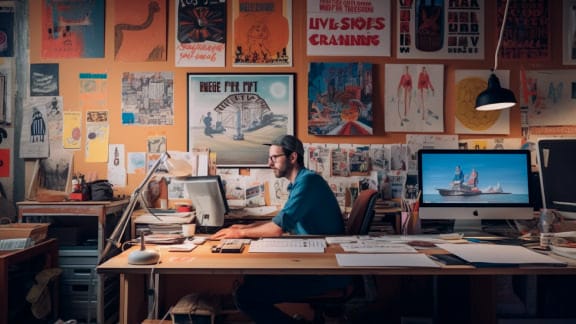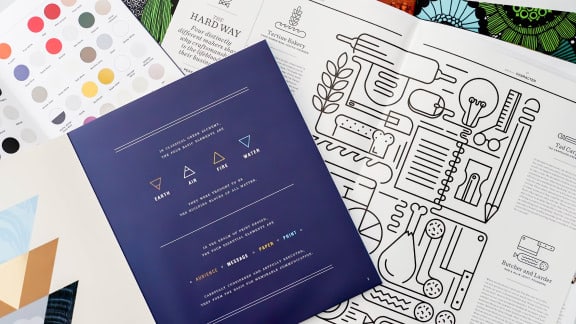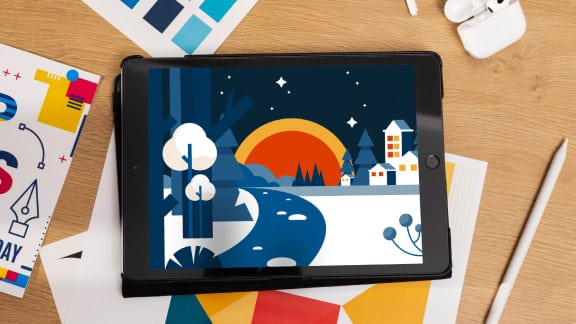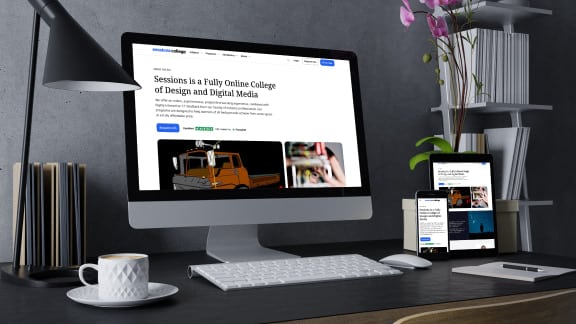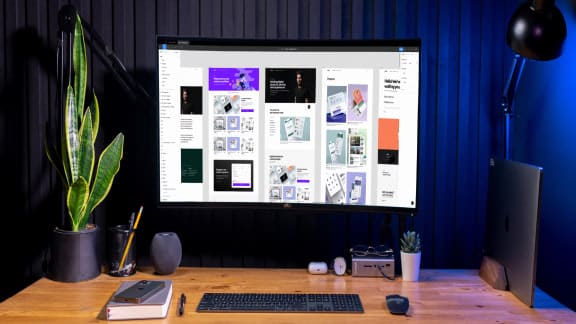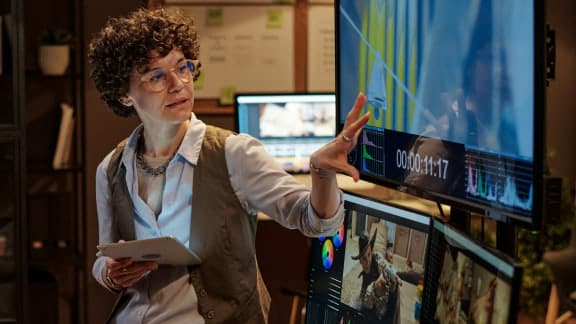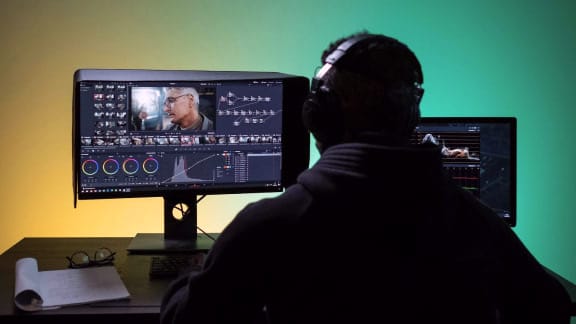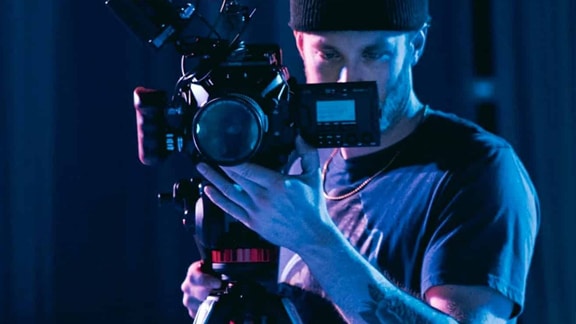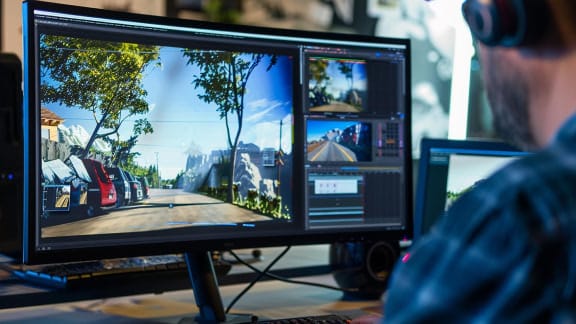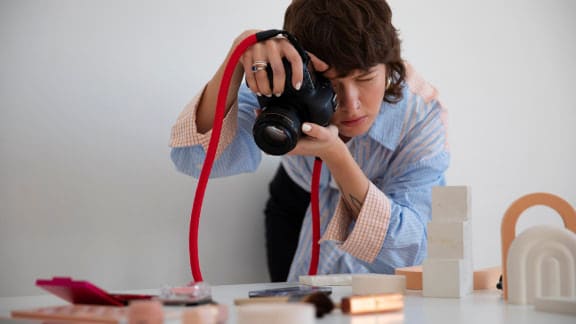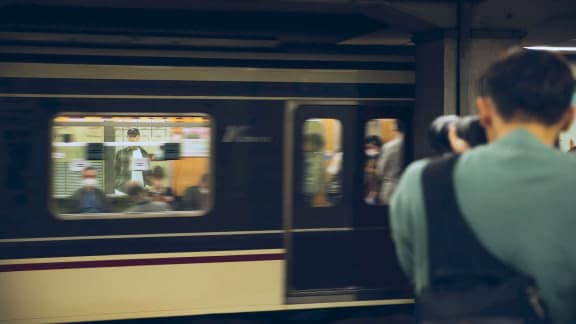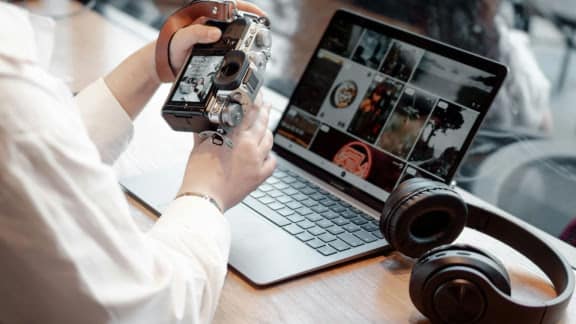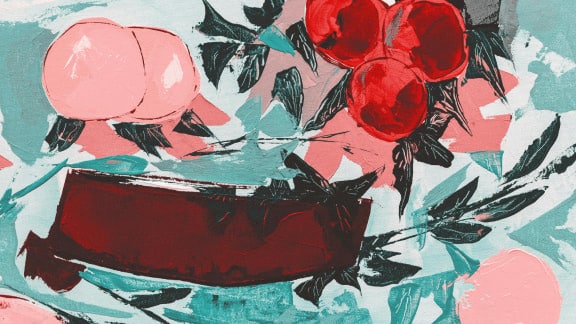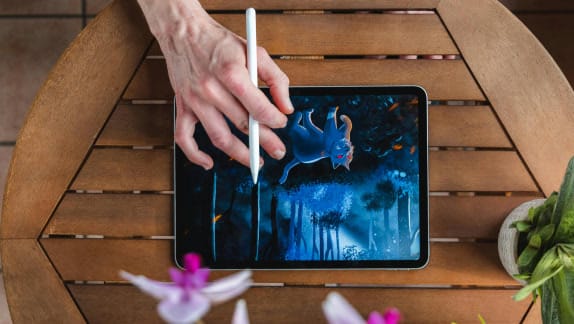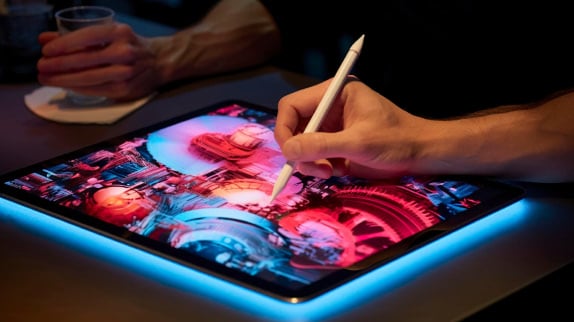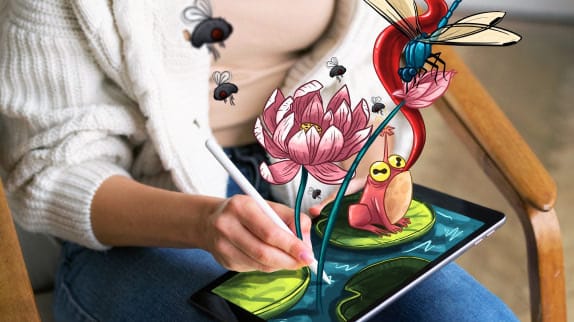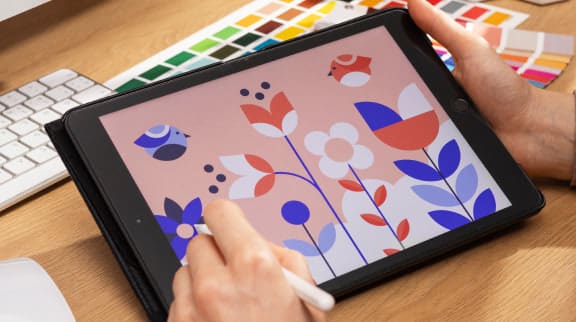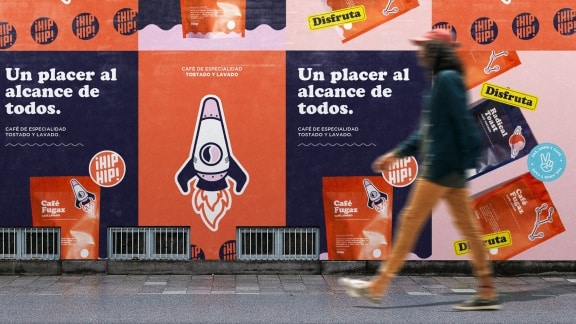Online Visual Art Course
4801: Intro to Visual Arts
Explore the purpose and process of art-making
What makes a painting work? What inspires a sculptor to create? Artists are influenced by the language of art and visual communication, historical and social forces, and the evolution of new modes of expression. In this online visual arts course, you'll deepen your art knowledge by exploring your own artistic creativity. You'll look at paintings, sculptures, experimental pieces, and more, learning to critique composition and decode their social or political purpose. Course projects include art themes and creating your own art pieces that demonstrate your grasp of course concepts in the medium of your choice.
About This Course
Project-Based Learning
In a series of artistic projects, you will be asked to explore the art by art-making, through emotional/composition, by exploring purpose in art, and by creating an interdisciplinary art piece.
What Skills Will I Develop?
Students in this course can expect to learn to:
- Explore the basic visual elements that form aesthetic experiences.
- Discover fundamental composition and visual communication techniques.
- Create art pieces that elicit emotion using specific composition techniques.
- Examine historical and social purposes of art including religious ceremonies and rituals, storytelling, describing events, creating beauty, generating emotion, recording data, and art as therapy.
- Research and analyze historical and current uses of art as protest, propaganda, and commentary.
- Develop a composition relating to specific purposes for creating artwork.
- Investigate the relationship between the fine arts, visual arts, applied arts, and performance arts as components of the arts.
- Focus on types and movements of interdisciplinary arts such as fluxus and contemporary dance.
- Explore trends in interdisciplinary practice such as fluxus and game modding.
- Develop a personal definition of the arts.
- Conceptualize and produce an interdisciplinary art piece demonstrating a specific theme.
What Software and Supplies Do I Need?
- Computer with Internet connection.
- Basic supplies for an artistic medium of your choice (drawing, paint, video, digital imaging, and so on).
- A digital camera (or ability to digitize film photos) to present your artwork digitally.
Course Instructor(s)
The course is taught by the following instructor(s):
 Kevin Hedgpeth
Kevin Hedgpeth
Kevin Hedgpeth is an Arizona native who makes his home in Phoenix, where he actively writes and illustrates in addition to teaching college-level visual arts courses. He is co-author and illustrator of several published books.
Course Outline
The Visual Alphabet
No matter the medium—paint, clay, photo, video, or beyond—the fine arts is based on a fundamental visual language. In the first lecture, you will be introduced to the foundations of fine art work including compositional and visual communication techniques. A wide range of essentials such as positive and negative space, balance and tension, and continuity and interruption are explored. In a feature interview, you'll be introduced to artist Raimond Chaves and his art and design techniques
Historical and Social Function of Art
Some might say that all art is political in a way, reacting (or choosing not to react) to historical or social events. This week introduces classic and contemporary pieces created to illustrate, enhance, or protest historical, religious, and social events. You'll learn how art tells stories, records data, is used in rituals, makes social commentary, and even is used as therapy.
Art as an Expressive Medium
Fine arts are all about expression, but there's more to it than just drawing, painting, and sculpture. In the final lecture, we'll compare and contrast the traditional fine arts with other categories of the arts, including visual, applied, and experimental. Interdisciplinary arts that include contemporary dance, fashion, and more are explored, as well as game art through a feature interview with controversial game artist Anne Marie Schleiner.
Frequently Asked Questions (FAQ)
How Do The Courses Work?
Our Professional Certificate courses are project-based and instructor-led. In each course you’ll complete a series of lectures and projects designed to stretch your creative skills. The courses are delivered on a flexible schedule with no set-logins or Zoom meetings. You can study when you want, provided you complete your program by the assigned deadline.
Who Are The Instructors?
Our courses are developed and taught by our industry-leading faculty of creative professionals. This means that you’ll learn in-demand skills, get feedback on your work, and build a portfolio of creative work. View our Student Gallery for featured student projects
When Can I Start?
You can enroll in this course on an individual basis or as part of a Professional Certificate program. Professional Certificate programs start every month on the first of the month. With rolling admissions, you can start as soon as you complete Orientation.
Explore Professional Certificate Programs: Graphic Design | Web Design | Multimedia | Digital Arts | Marketing Design | Fine Arts
How Do I Register?
To register for a Professional Certificate program, complete our program application. To register for this course on an individual basis, please contact our admissions team at admissions@sessions.edu. An Admissions Advisor will contact you to setup your enrollment.
| Course Tuition and Fees | |
|---|---|
| Tuition | $619 |
| Registration Fee* | $50 |
| Total Course Price | $669 |
Registration fees are nonrefundable after 5 days from enrollment.
Is Sessions College Accredited?
Yes. Since 2001, Sessions College has been accredited by the Distance Education Accrediting Commission (DEAC). The Distance Education Accrediting Commission is listed by the U.S. Department of Education as a recognized accrediting agency and is recognized by the Council for Higher Education Accreditation (CHEA).
